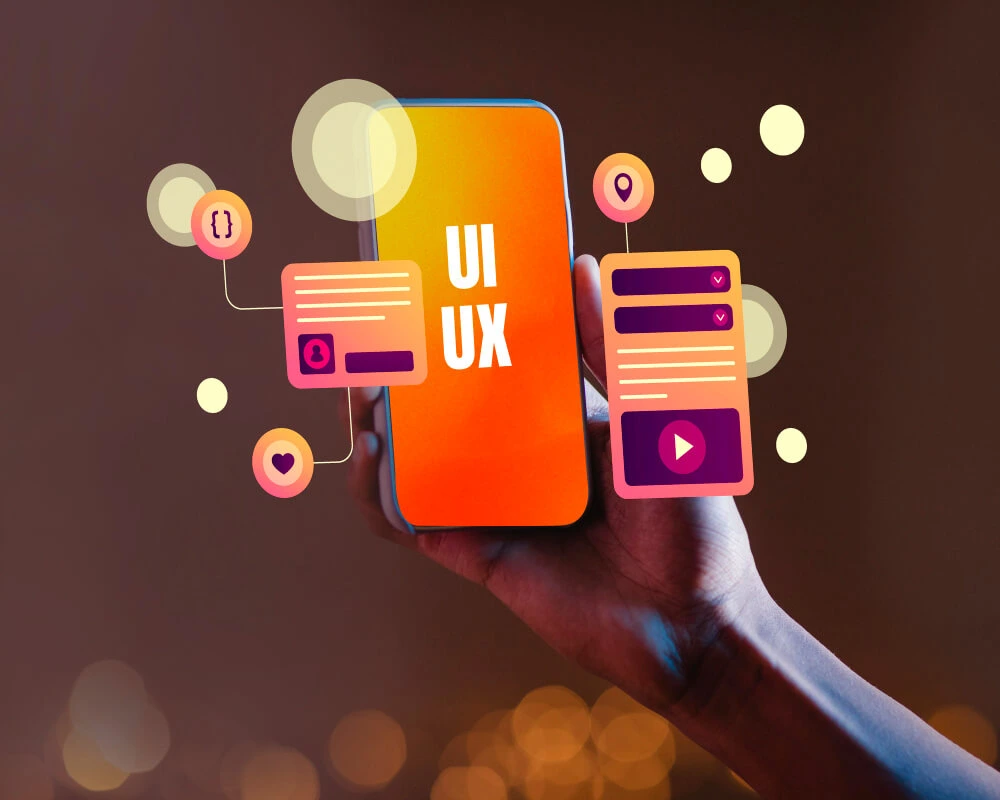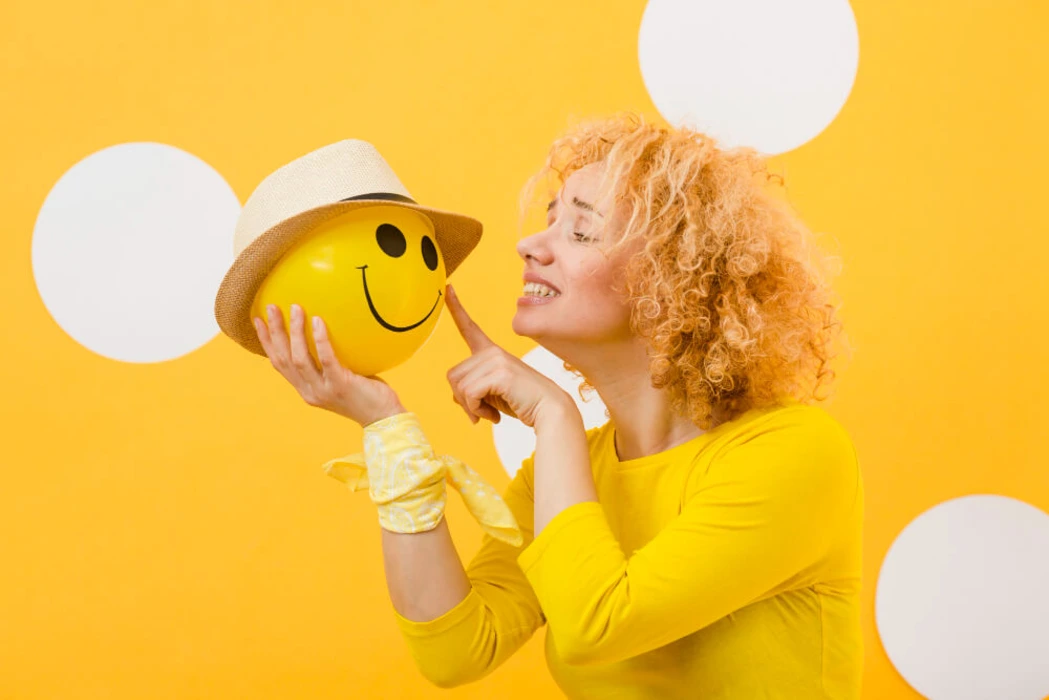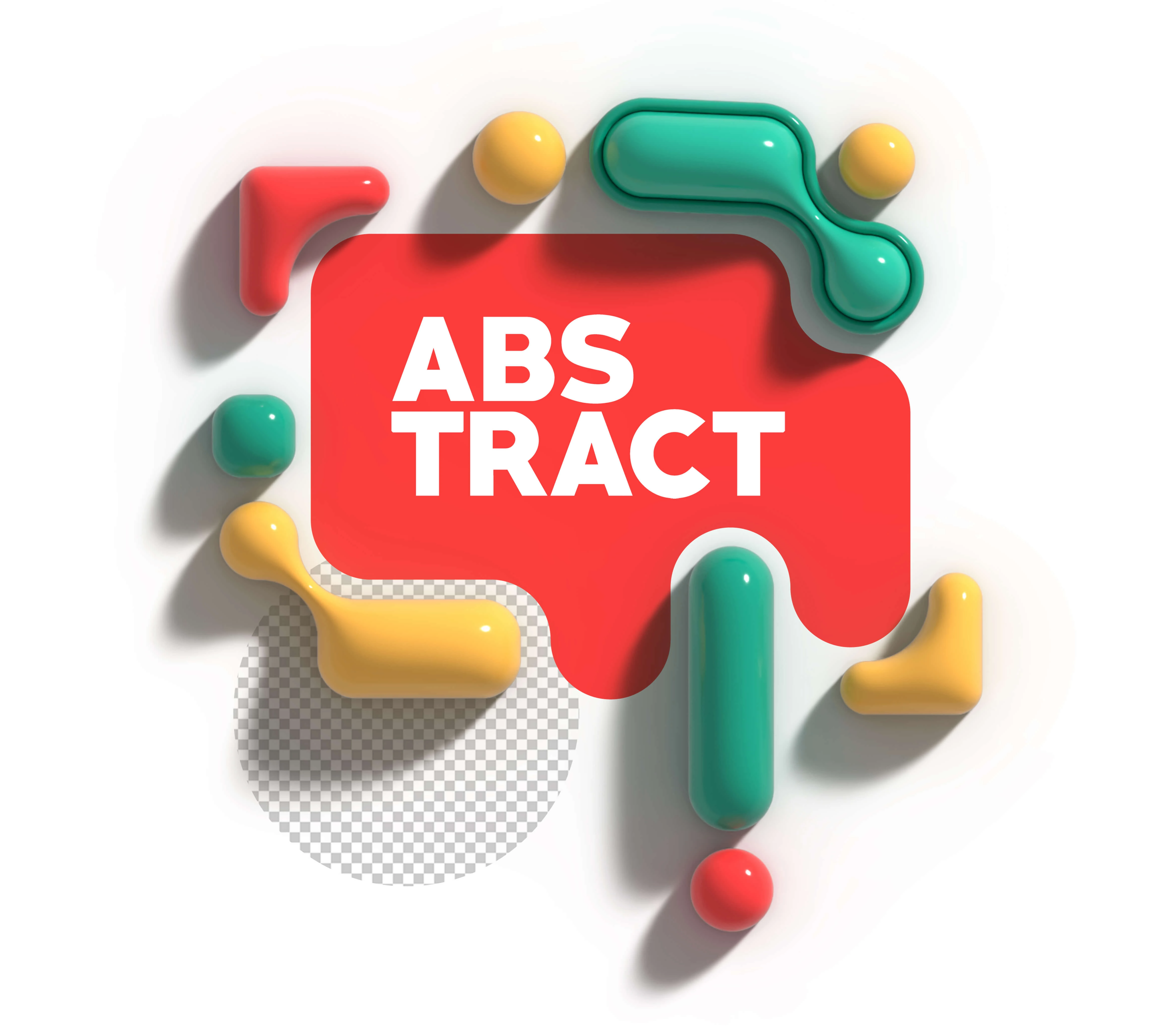 Designed By freepik
Designed By freepikUI UX Trends: Exploring the Latest Innovations in Design
In the ever-evolving world of design, staying ahead of UI UX trends is crucial for creating engaging and user-friendly experiences. From the use of AI to streamline design processes to the latest developments in emotion-driven design, the landscape of trending UX design and trending UI is dynamic and filled with exciting possibilities. This article dives into the latest UX design trends, focusing on the harmonious blend of colors, shapes, fonts, and emotions that define modern design. We also explore the significant impact AI is having on the industry.
The Rise of Emotion-Driven Design
One of the most prominent UX design latest trends is the shift toward emotion-driven design. Emotions are at the core of user experiences, influencing everything from the colors we use to the way we shape interactions. As digital products become more integrated into daily life, designers are increasingly focusing on creating experiences that evoke specific emotional responses.
 Designed By freepik
Designed By freepikColor Psychology in UI UX Design Color is a powerful tool in evoking emotions, and understanding color psychology is essential for designers. For instance, warm colors like red, orange, and yellow are often associated with excitement and energy, while cooler tones like blue and green tend to promote calmness and trust. UI UX trends are increasingly focused on using color to guide users through digital experiences, with a particular emphasis on creating harmony and balance.
Some of the trending UI combinations include:
- Vibrant Gradients:Gradients have made a strong comeback in recent years. These color transitions add depth and dimension to flat design elements, helping to create a modern, futuristic feel.
- Muted Pastels: Soft pastel colors are popular for evoking a sense of calm and simplicity, which is crucial in creating serene user experiences.
- Dark Mode: Dark mode has become a staple in user interface trends, offering a visually appealing alternative to the traditional light interfaces. It reduces eye strain, conserves battery life, and adds a sleek, modern touch.
 Designed By freepik
Designed By freepikShape and Form in Modern UX Design
The form is another crucial element of emotion-driven design. Trending UX design is moving towards more organic and rounded shapes, which evoke a sense of approachability and friendliness. Gone are the days of harsh, angular designs; today’s users prefer softer, more welcoming interfaces.
- Popular shape trends include:
- Rounded Corners: Rounded corners are now a standard design choice for buttons, containers, and images. This trend reflects a broader shift toward creating a sense of inclusivity and warmth in digital interactions.
- Asymmetry and Abstract Shapes:Asymmetrical layouts and abstract shapes are gaining traction in trending UI design. These elements introduce an element of surprise, breaking away from rigid grid systems to create more fluid and dynamic experiences.
Typography: Fonts that Speak to Users
Font choices are critical in establishing the tone and personality of a brand or product. UI UX trends emphasize the importance of typography in creating meaningful connections with users.
- Some trending UI font styles include:
- Bold and Heavy Fonts: Bold, heavy fonts are often used for headlines to grab attention and convey confidence. These fonts work well in minimalist designs where simplicity and impact are key.
- AHandwritten and Script Fonts:To introduce a personal, human touch, designers are increasingly turning to handwritten and script fonts. These fonts evoke a sense of authenticity and warmth, aligning with the broader trend of creating more emotional connections with users.
- Variable Fonts:Variable fonts are an exciting development in user interface trends. These fonts allow designers to create flexible typography that can adapt to different screen sizes and devices without compromising readability.
AI in UI UX Design: Revolutionizing the Industry
Artificial Intelligence (AI) is transforming the way designers approach UI UX design. AI-powered tools are enabling designers to create more personalized, efficient, and data-driven experiences. Let’s explore how AI is shaping the latest UX design trends.
- Bold and Heavy Fonts: Bold, heavy fonts are often used for headlines to grab attention and convey confidence. These fonts work well in minimalist designs where simplicity and impact are key.
- Personalization at Scale : AI enables designers to create personalized experiences at scale by analyzing user behavior and preferences. Through machine learning algorithms, AI can predict user needs, allowing designers to tailor experiences to individual users. For instance, AI can suggest content, products, or features based on a user’s past interactions, creating a more engaging and intuitive experience.
- Automating Design ProcessesOne of the most significant impacts of AI on UI UX trends is the automation of repetitive design tasks. AI-powered tools can generate layouts, color schemes, and even entire interfaces based on input data, freeing up designers to focus on more creative aspects of the design process. Tools like Adobe Sensei and Figma’s AI-powered features are helping designers prototype faster and more efficiently.
- AI-Driven User TestingUser testing is an essential part of the design process, and AI is making it more efficient. AI can analyze user interactions in real-time, providing designers with insights into what works and what doesn’t. This allows for rapid iterations and improvements, ensuring that designs are optimized for user satisfaction.
- Voice and Conversational InterfacesVoice and conversational interfaces are becoming a significant part of user interface trends. With the rise of voice-activated devices like Amazon Alexa and Google Assistant, designing for voice interactions is becoming increasingly important. AI plays a crucial role in this trend, enabling more natural and intuitive voice interfaces that can understand and respond to user commands effectively.
- The Intersection of UX and Business GoalsWhile design is focused on creating user-friendly experiences, it must also align with business goals. One of the key UX design latest trends is the integration of business objectives into the design process. By understanding the broader goals of a product or service, designers can create experiences that not only delight users but also drive business success.
- Design Systems for Consistency Design systems have become an essential tool for ensuring consistency across a brand’s digital products. These systems serve as a set of guidelines that dictate everything from typography and color to interaction patterns. By using design systems, companies can maintain a consistent look and feel across their products, which is crucial for building brand recognition and trust.
- Data-Driven DesignAnother major trend is the use of data to inform design decisions. Data-driven design involves analyzing user behavior and feedback to make informed design choices. This approach allows designers to create more effective user experiences by basing their decisions on real-world data rather than assumptions. AI plays a significant role in data-driven design by providing insights into user behavior and preferences, helping designers make more informed decisions.
Conclusion: Staying Ahead of UI UX Trends
The world of UI UX design is constantly evolving, with new trends and innovations emerging regularly. Staying ahead of UI UX trends means keeping an eye on the latest developments in emotion-driven design, color psychology, typography, AI integration, and data-driven design. By understanding and embracing these trends, designers can create experiences that resonate with users and drive business success. As the industry continues to evolve, one thing is clear: the future of trending UX design and user interface trends will be shaped by a combination of creativity, technology, and a deep understanding of user needs. AI will continue to play a pivotal role in this evolution, enabling designers to create more personalized, efficient, and impactful experiences than ever before.